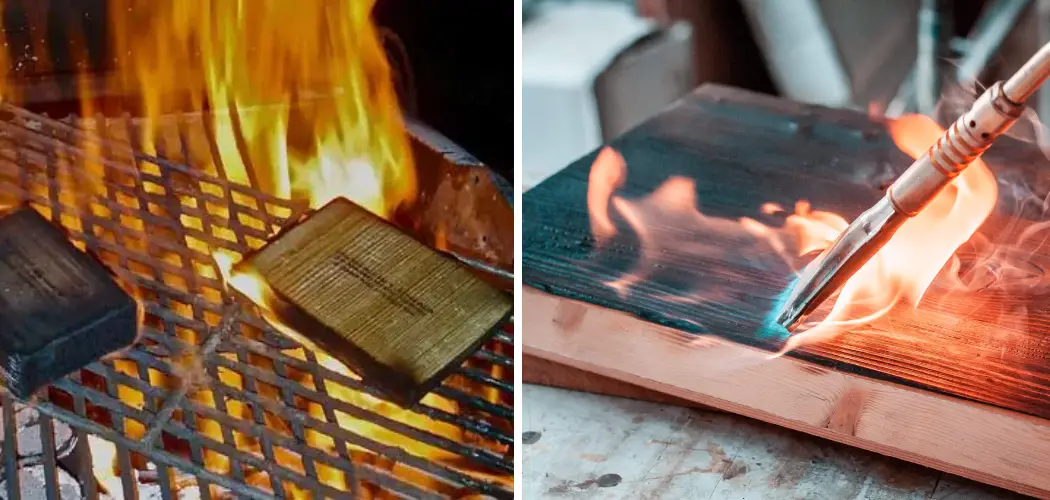Are you looking for a way to make wood more resistant to fire? Do you want your structure or furniture pieces to last longer and be protected against the risk of fire? If you’ve ever lived in a wooded home, you know how important it is to make sure that your house and furniture are well-protected from the threat of fire. Fireproofing is an excellent option.
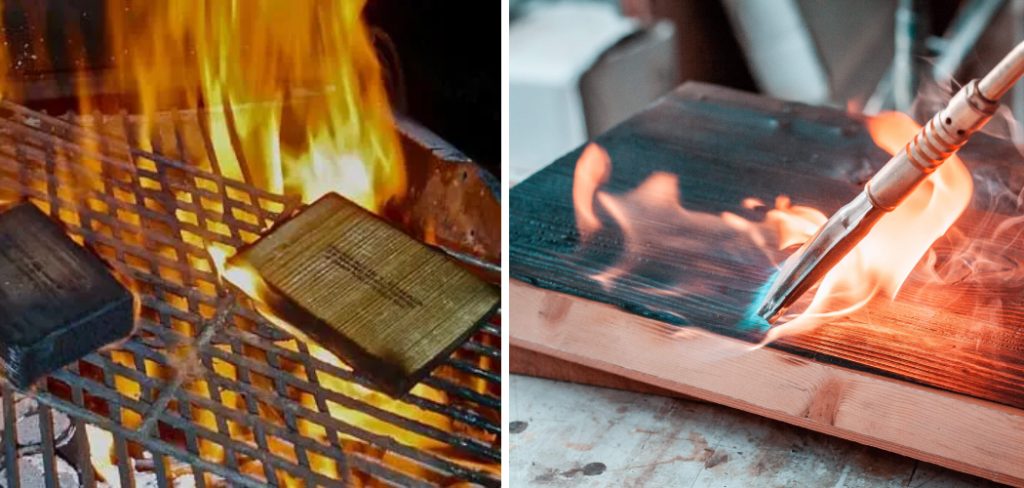
Fireproofed wood has been treated chemically, so it can withstand higher temperatures without melting, burning, or smoking. In this blog post, we will discuss how to fireproof wood by using several easy methods for home use. You’ll learn what types of materials and products are available in order to protect your wooden items accordingly!
Read on if you’re interested in learning more about how to effectively shield your furniture or structures from the threat posed by flames! So keep reading if you want to learn more!
Why Do You Need to Fireproof Wood?
1. For Protection
When it comes to wood, fire is one of the most dangerous elements that can affect its integrity. The cellulose molecules in wood are easily broken down by heat and flames, causing the structure to become weak and even collapse. This makes fireproofing an essential step for protecting wooden structures from fires.
2. To Enhance Safety
In addition to protecting the wood itself, fireproofing also helps make sure that people and property in the vicinity of a wooden structure remain safe. Fireproofing materials aid in slowing down or even stopping fires from spreading throughout the building as quickly as they otherwise could. This serves as an added layer of safety for those nearby, as well as the wood itself.
3. To Increase Longevity
Another advantage of fireproofing is that it can help increase the longevity of a wooden structure by protecting it from damage caused by flames and heat. This allows the structure to last longer and stay in good condition for many years, which can save money in the long run on costly repairs and replacements.
Required Items for Fireproofing Wood
Before beginning the process of fireproofing wood, it is important to make sure that you have all the necessary materials and tools. Depending on the type of fireproofing needed, some of the items that may be required include:
- Flame retardant chemicals or paints
- Thermal insulation material
- High-temperature sealants
- Fireproofing tape
- Fire blankets or curtains
- Smoke alarms and fire detectors
10 Steps on How to Fireproof Wood
Step 1: Choose the Right Materials
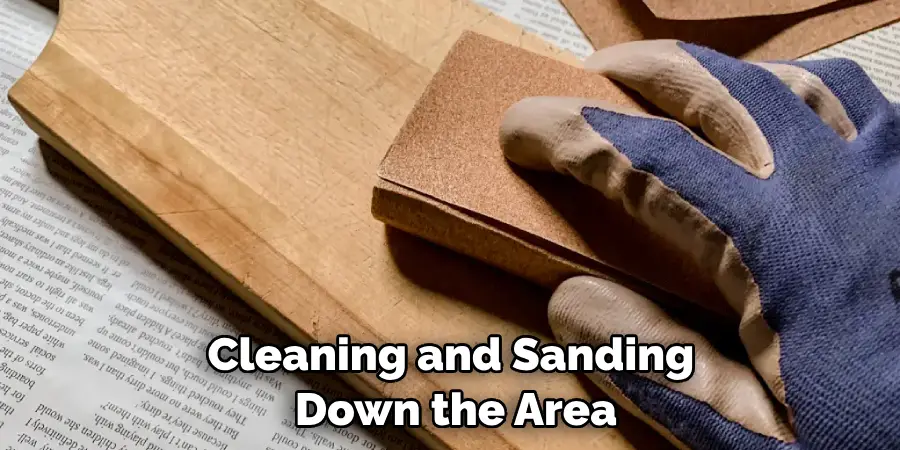
The first step in fireproofing wood is to choose the right materials for the job. Common materials used for fireproofing include non-combustible coatings, intumescent paint, and fire-resistant sealants. These products provide a layer of protection to the wood, helping to slow down or stop flames from spreading.
Step 2: Prepare the Surface
Before applying any fireproofing materials, it’s important to prepare the surface of the wood. This includes cleaning and sanding down the area to remove any dust, dirt, or debris that may be present. Once the surface is adequately prepared, it can then be primed with a layer of sealant.
Step 3: Apply Fireproofing Materials
Once the surface is ready, the next step is to apply the fireproofing materials. This typically involves painting or spraying on a flame retardant paint or chemical, as well as applying an intumescent coating that will expand when exposed to high temperatures. The goal is to create a thick, fireproof barrier that will protect the wood from flames for many years to come.
Step 4: Install Thermal Insulation
In addition to applying fireproofing materials, it’s also important to install thermal insulation on the wood. This helps keep the temperature inside the structure low, reducing the risk of fires spreading quickly. Common materials used for thermal insulation include fiberglass, rock wool, and foam board.
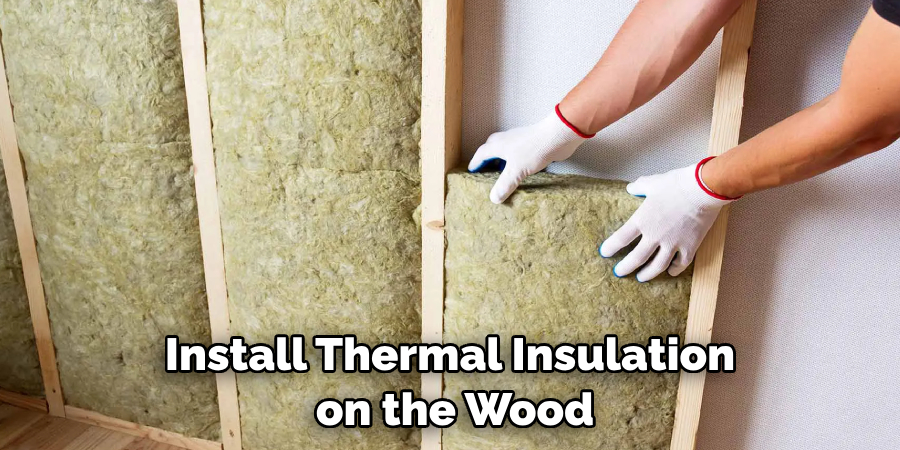
Step 5: Use High-Temperature Sealants
High-temperature sealants are a great way to further protect the wood from flames and heat. These sealants form an airtight barrier around the wood, preventing smoke or sparks from passing through any seams or joints.
Step 6: Install Fireproofing Tape
Fireproofing tape can be used to seal any gaps or cracks that may exist between the wood and other materials in the structure. This helps ensure that no smoke, sparks, or flames can pass through these areas, further protecting the wood from fire damage.
Step 7: Add Fire Blankets or Curtains
Fire blankets and curtains are another great way to fireproof a wooden structure. These materials can be hung over any openings, such as windows or doors, providing an extra layer of protection against flames.
Step 8: Install Smoke Alarms and Fire Detectors
Finally, it’s important to install smoke alarms and fire detectors throughout the structure. These devices can alert occupants of a potential fire, allowing them to take appropriate action and escape the building safely.
Step 9: Test for Fireproofing Quality
Once all the fireproofing materials have been installed, it’s important to test the quality of the work. This typically involves using a heat-resistant tape or thermometer to measure the temperature of the wood. If it is too hot, then further fireproofing may be needed to ensure adequate protection.
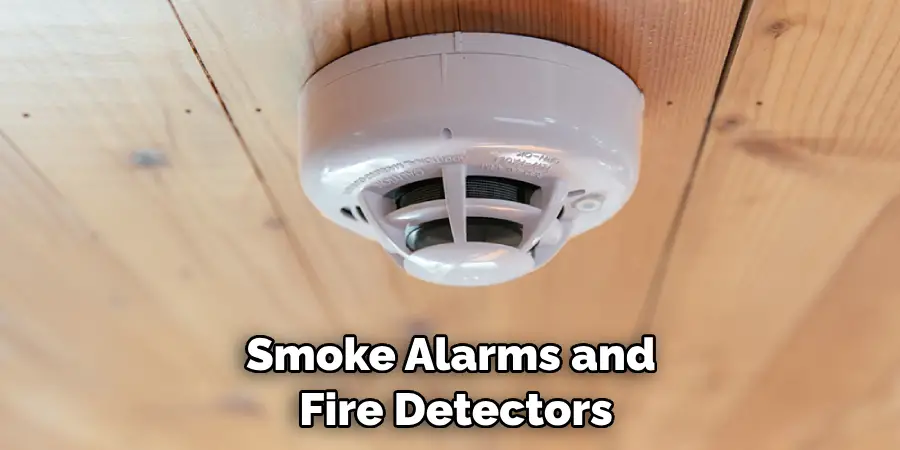
Step 10: Maintain Fireproofing Regularly
To ensure that a wooden structure stays adequately protected from fire for many years, it’s important to maintain the fireproofing materials on a regular basis. This includes inspecting and repairing any damaged fireproofing materials, as well as applying additional layers of protection as needed.
Following these steps will help ensure that your wooden structure is adequately protected from fire damage for many years to come.
8 Maintenance Tips for Fireproofed Wood
Along with properly installing fireproofing materials on wood, it’s also important to maintain them regularly in order to keep your wooden structure safe and protected. Here are 8 maintenance tips you can follow for fireproofed wood:
- Check the surface of the wood on a regular basis for any signs of wear or damage that may have occurred. The surface should be smooth and free of any cracks or gaps.
- Inspect the fireproofing materials for any signs of peeling or cracking that may have occurred over time. If necessary, apply additional layers of protection to ensure adequate coverage.
- Ensure that all thermal insulation is in good condition and free of cracks or holes that could allow flames or heat to pass through.
- Replace any fireproofing materials that have become worn out or damaged. Otherwise, they may not be able to provide adequate protection against fire.
- Make sure that all high-temperature sealants are still sealing any gaps or seams between the wood and other materials in the structure. Making sure that these areas are airtight is essential for effective fireproofing.
- Test the fireproofing materials on a regular basis to ensure that they are still providing adequate protection against flames and heat.
- Always use flame-retardant paints or coatings when applying any additional fireproofing materials to the surface of the wood.
- Install smoke alarms and fire detectors in all areas of the building to alert occupants of a potential fire.
By following these maintenance tips, you can ensure that your wooden structure remains safely protected from fires for many years to come.
Frequently Asked Questions
What is the Best Wood to Choose?
The best type of wood to use for fireproofing is one that has a low combustibility rating. This includes hardwoods such as oak, cherry, and walnut, which all have high heat resistance. Softwoods such as pine and cedar are also effective at providing protection against flames, but they may not be as durable in the long run.
Can I Fireproof an Existing Structure?
Yes, it is possible to fireproof an existing structure. This generally involves applying a layer of sealant or primer to the surface of the wood, followed by painting or spraying on flame-retardant paint or chemicals. Additionally, installing thermal insulation and using high-temperature sealants can also help protect the wood from fire damage.
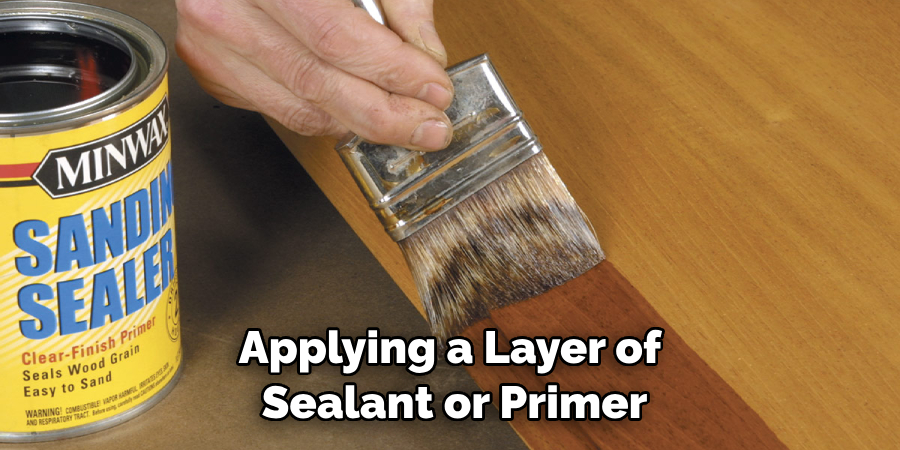
Are There Any Special Considerations for Fireproofing Wooden Beams?
When fireproofing wooden beams, it’s important to make sure that the fireproofing materials are installed evenly and completely over the entire surface area of the beam. Additionally, using a thicker layer of intumescent coating on horizontal beams may be beneficial, as this helps protect the wood from heat radiating down from above.
Finally, it’s important to ensure that all gaps between two beams are sealed with a high-temperature sealant in order to prevent smoke or sparks from entering the structure.
How Often Should I Test My Fireproofing Materials?
It’s recommended to test your fireproofing materials at least once a year to ensure that they are still providing adequate protection against fire. This should include using a heat-resistant tape or thermometer to measure the temperature of the wood, as well as inspecting all fireproofing materials for any signs of wear or damage.
By following these tips and regularly testing your fireproofed wood, you can help protect your wooden structure from fires for many years to come.
Conclusion
Fireproofing your wood is an important step in protecting some of your most precious assets, such as furniture, artwork, and more. The process may seem difficult and expensive at first, but when done correctly, it can be exceptionally beneficial.
Not only will fireproofing protect a piece of furniture over its lifetime, but it also helps improve the longevity of your wood pieces, and it adds another layer of safety to prevent careless accidents around the home.
Although there are a few DIY methods how to fireproof wood, it’s always recommended to consult an expert before going forth with any method. Whether you decide to use a flame retardant spray or go the extra mile with intumescent paint — or both — understanding all of your options and consulting someone knowledgeable before starting the project can make a huge difference in terms of safety and product outcome.
Being armed with the knowledge needed to keep both yourself and your property safe is one of the most effective steps you can take when dealing with these types of projects.

